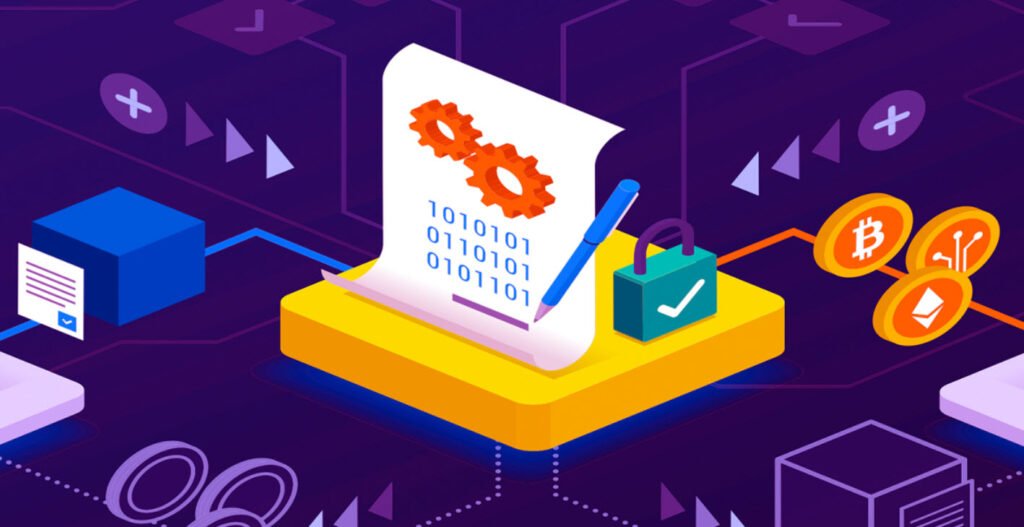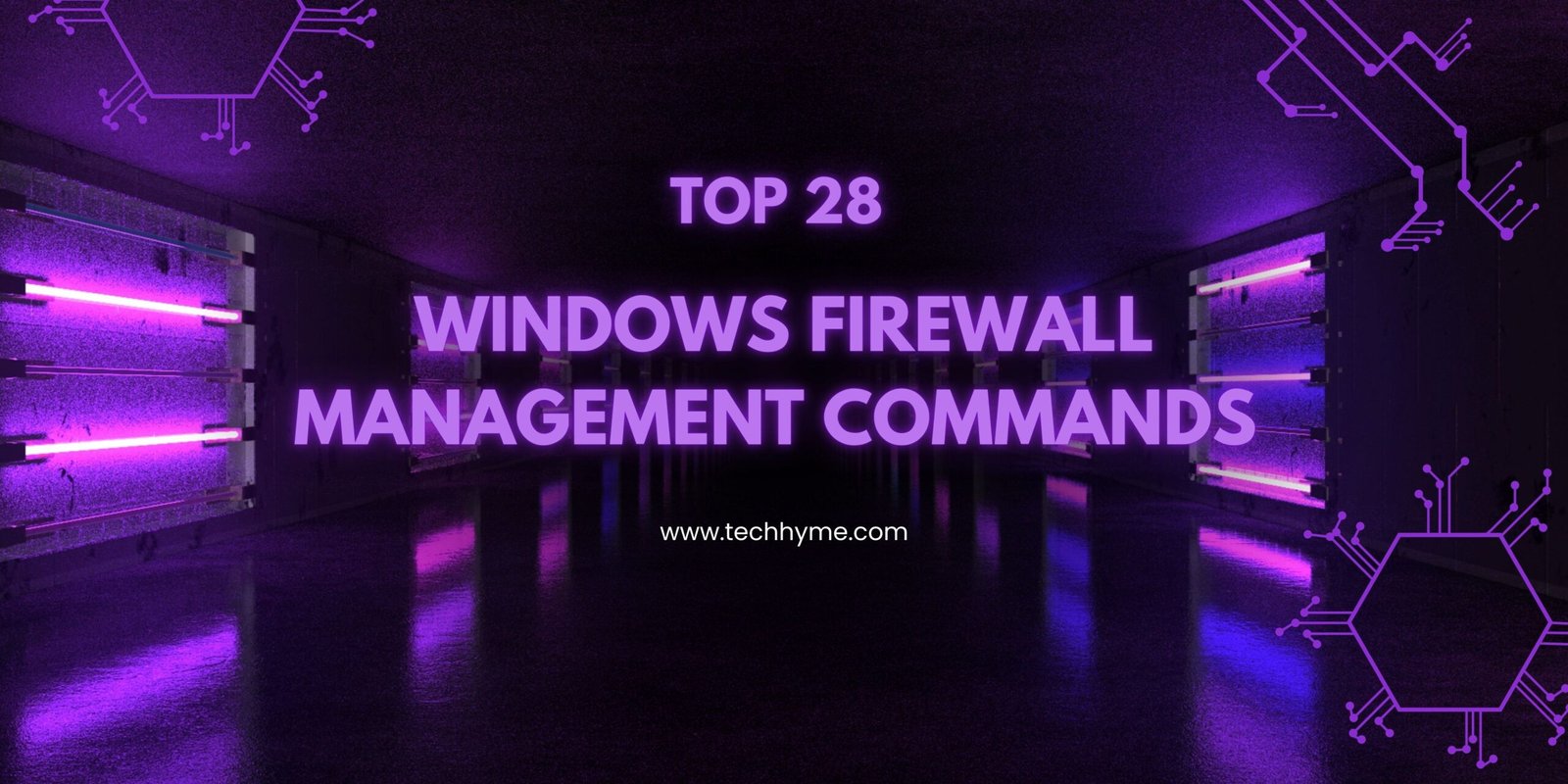
In recent years, smart contracts have garnered significant attention as a revolutionary technology with the potential to transform various industries. As part of the broader blockchain ecosystem, smart contracts offer a host of advantages and possibilities. However, there are several misconceptions surrounding these digital agreements.
In this article, we aim to clarify some fundamental facts about smart contracts to provide a better understanding of their capabilities and limitations.
- Enforcing Agreements with Digital Means
- Distinct from Ricardian Contracts
- Complementary to Legal Agreements
- No Artificial Intelligence Involved
- Integral Part of Blockchain Applications
- Ease of Programming
- User-Friendly Accessibility
- Safety and Turing Completeness
- Wide Range of Applications
1. Enforcing Agreements with Digital Means
Smart contracts are not conventional contractual agreements but rather digital protocols that control the execution of specific requirements. They are inspired by Nick Szabo’s original concept, where they serve to make the breach of an agreement costly by holding real-world valuable property through digital mechanisms.
Smart contracts enforce the implementation of predefined conditions and provide evidence of whether those conditions were met or not.
2. Distinct from Ricardian Contracts
Often confused with Ricardian contracts, smart contracts are inherently different. Ricardian contracts are semantic representations of an agreement between parties, tracking their liabilities. While they can be implemented on a blockchain, they are not synonymous with smart contracts. Multisignatures are frequently part of a Ricardian contract’s execution, enhancing its security.
3. Complementary to Legal Agreements
Smart contracts themselves are not legally binding documents. However, they can be incorporated as a technological layer within a legal agreement to automate specific actions. For instance, a smart contract could facilitate the transfer of share ownership between parties as part of a larger legal arrangement. They can also serve as an audit trail to verify if the terms of a legal agreement were adhered to.
4. No Artificial Intelligence Involved
It’s essential to distinguish smart contracts from artificial intelligence. Smart contracts are not AI-based systems; they are essentially software code representing business logic that executes on a blockchain. They respond to external data triggers to modify the blockchain’s state, operating more like event-driven constructs.
5. Integral Part of Blockchain Applications
Smart contracts are typically integral components of decentralized applications running on a blockchain network. These applications rely on the underlying blockchain to ensure transparency, security, and decentralization. A single application can include multiple smart contracts that interact and collaborate to achieve specific functionalities.
6. Ease of Programming
Writing a basic smart contract is relatively straightforward, especially when using specific smart contract languages like Ethereum’s Solidity. These languages enable developers to express complex processes in a concise manner.
However, advanced smart contracts may utilize “oracles,” which act as data sources providing actionable information to the smart contract, adding complexity.
7. User-Friendly Accessibility
While originally perceived as solely for developers, the next generation of smart contracts aims to bridge the gap between technical expertise and accessibility. User-friendly entry points, such as graphical interfaces or text-based language input, will allow business users to configure smart contracts without needing to delve into intricate coding.
8. Safety and Turing Completeness
Smart contracts are designed with safety in mind. In Ethereum, for instance, smart contracts run as quasi-Turing complete programs, which means they have finality in their execution and cannot fall into infinite loops. However, it is crucial to note that vulnerabilities or errors in smart contracts can lead to significant consequences, emphasizing the need for thorough testing and auditing.
9. Wide Range of Applications
The versatility of smart contracts is one of their most exciting aspects. They find application beyond just financial transactions and cryptocurrencies. Smart contracts are ideal for handling real-world assets, smart property, Internet of Things (IoT) devices, and various financial services instruments. They can be utilized in any scenario where conditions need to be enforced and value is attached to certain actions or events.
Conclusion
Smart contracts represent a significant advancement in the realm of blockchain technology, enabling automated, secure, and transparent execution of agreements. Understanding the true nature of smart contracts is essential to harnessing their potential effectively.
By recognizing the distinction between smart contracts and conventional legal agreements, acknowledging their capabilities and limitations, and exploring their diverse applications, individuals and businesses can embrace this transformative technology to drive innovation and efficiency in various domains.









This Post Has One Comment